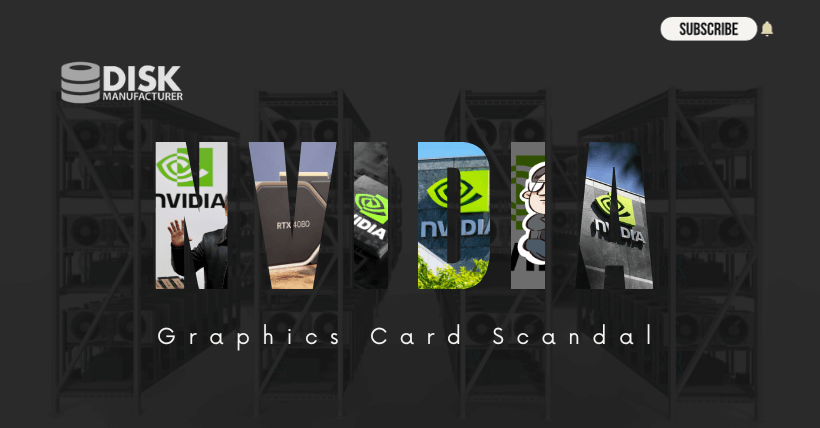Although NVIDIA is currently riding high thanks to the popularity of chatGPT, I can’t help but dig into its dark history, the infamous ‘graphics card scandal’ that once tarnished NVIDIA‘s reputation.
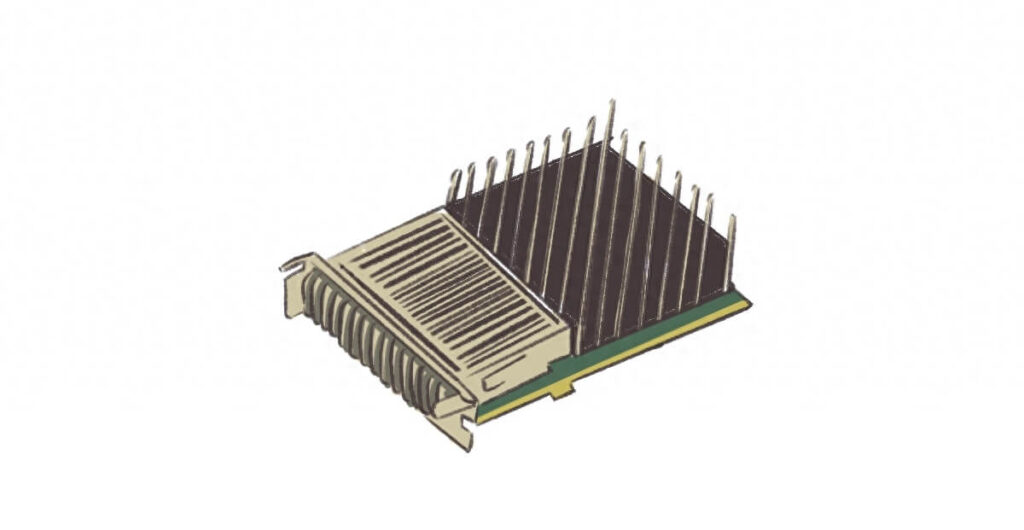
Since its inception, NVIDIA has experienced its fair share of ups and downs but managed to thrive and go public successfully. However, in 2008, NVIDIA took a significant tumble, a stumble it couldn’t avoid – the infamous ‘graphics card scandal,’ and it was this event that marked the end of NVIDIA‘s partnership with Apple.
01
What is the ‘Graphics Card Scandal’?
In 2008, a large number of users worldwide who had purchased laptops reported that their newly bought computers were experiencing the same issue:
At high temperatures, the computer screens exhibited distortion or chaos in the videos. The screens would display random characters, experience video lag, fail to detect the wireless network card, and sometimes, even when the computer was turned on, there was no display on the screen.
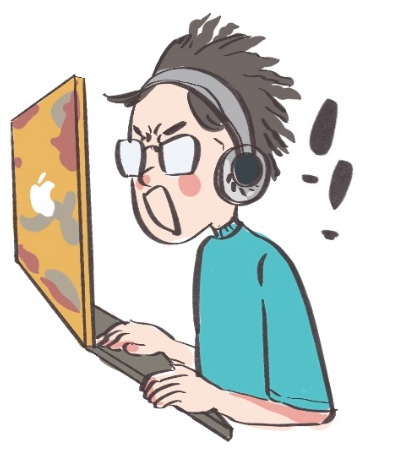
The affected brands included Compaq Presario, Dell Precision, Latitude, Vostro, XPS, HP Pavilion, Sony VGN, and Apple MacBook Pro.
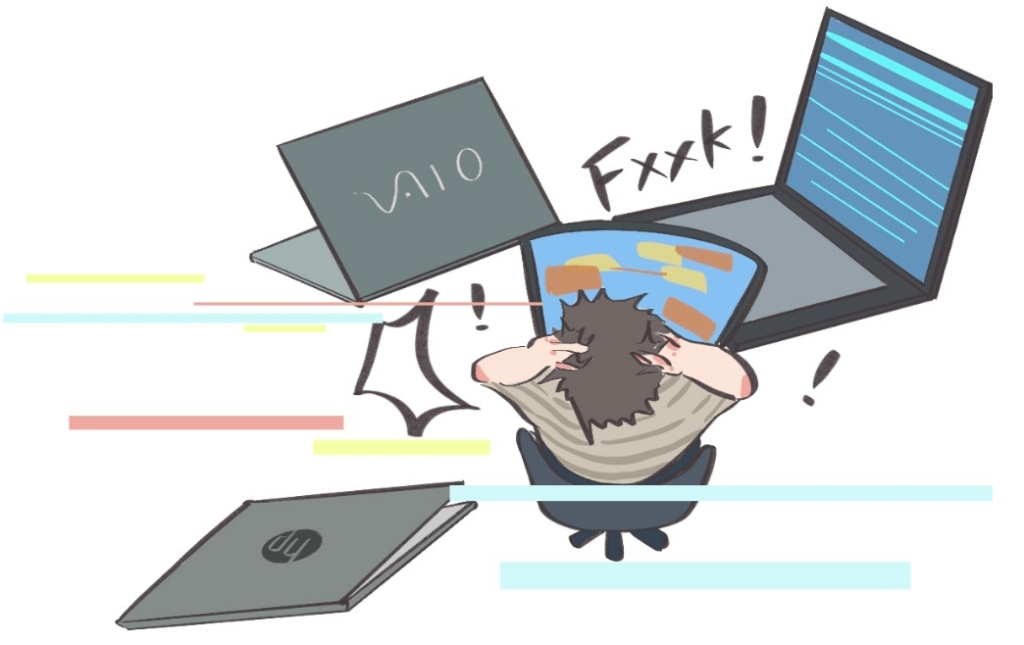
Over time, large groups of users from various locations initiated collective lawsuits, and the brands heavily impacted by widespread repairs also joined in the above-mentioned actions.
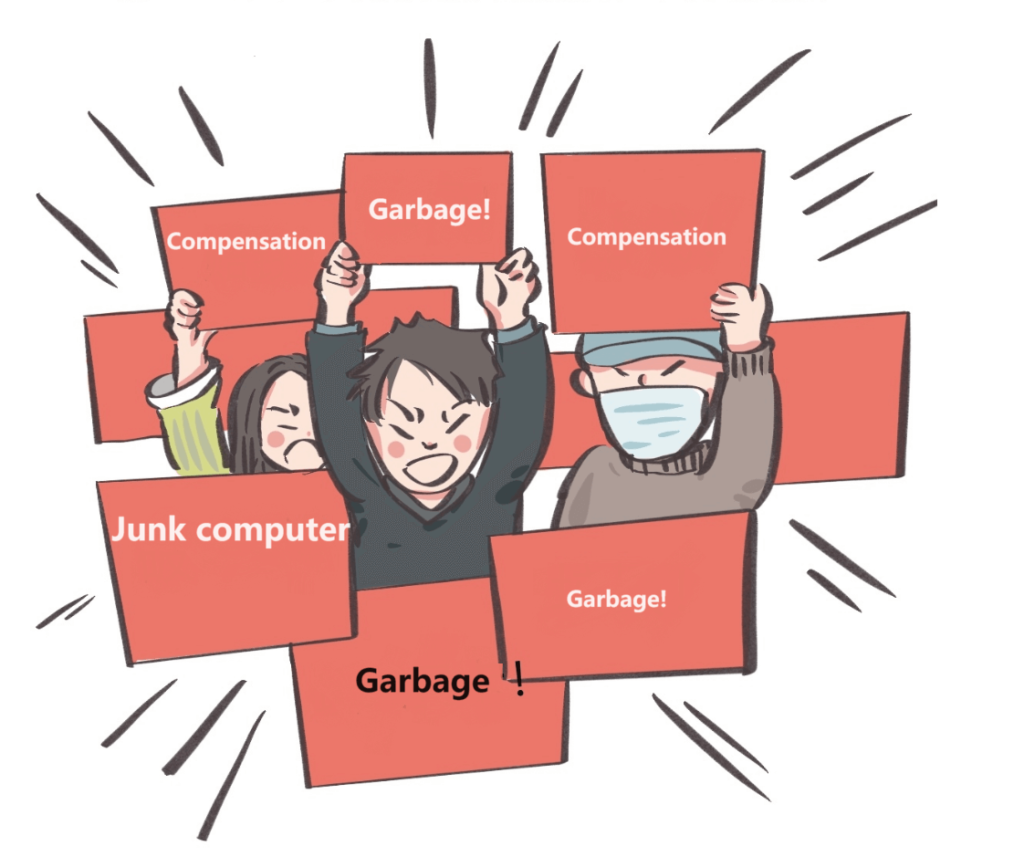
Ultimately, after an investigation, it was revealed that the reason these brands were experiencing the same issue was that they all had the same graphics card installed:
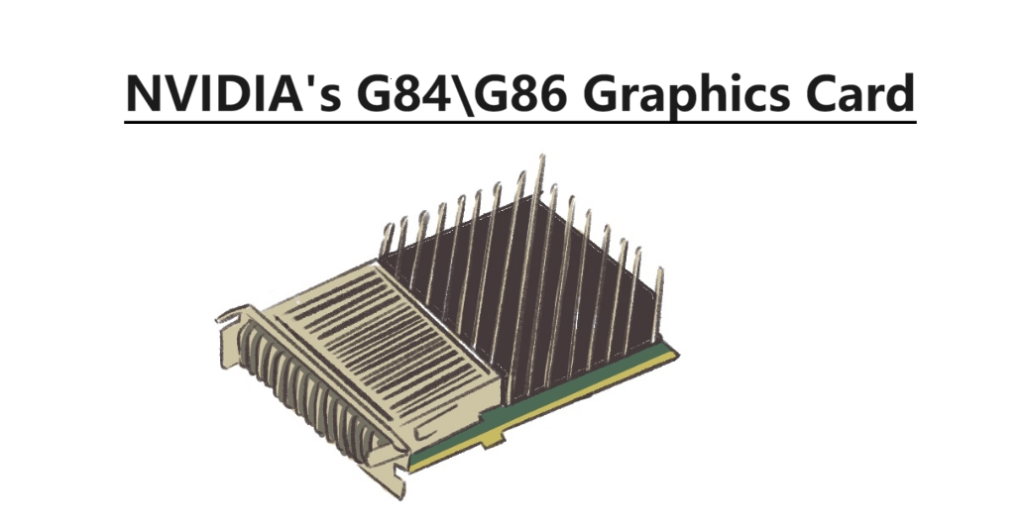
Subsequently, NVIDIA was forced to admit that there were defects in the core/packaging material combination of certain G84 and G86 series laptop graphics cards. The investigation results concluded that:
NVIDIA’s G86 GPU, packaged using a 65-nanometer process, was found to have used lead-free soldering materials during the packaging process. Defects were identified in the adhesive material between the GPU chip and the PCB board during the packaging process. This, in turn, caused soldering issues due to thermal expansion and contraction caused by temperature variations during GPU operation, ultimately resulting in GPU failure and damage to the PCB board layers.
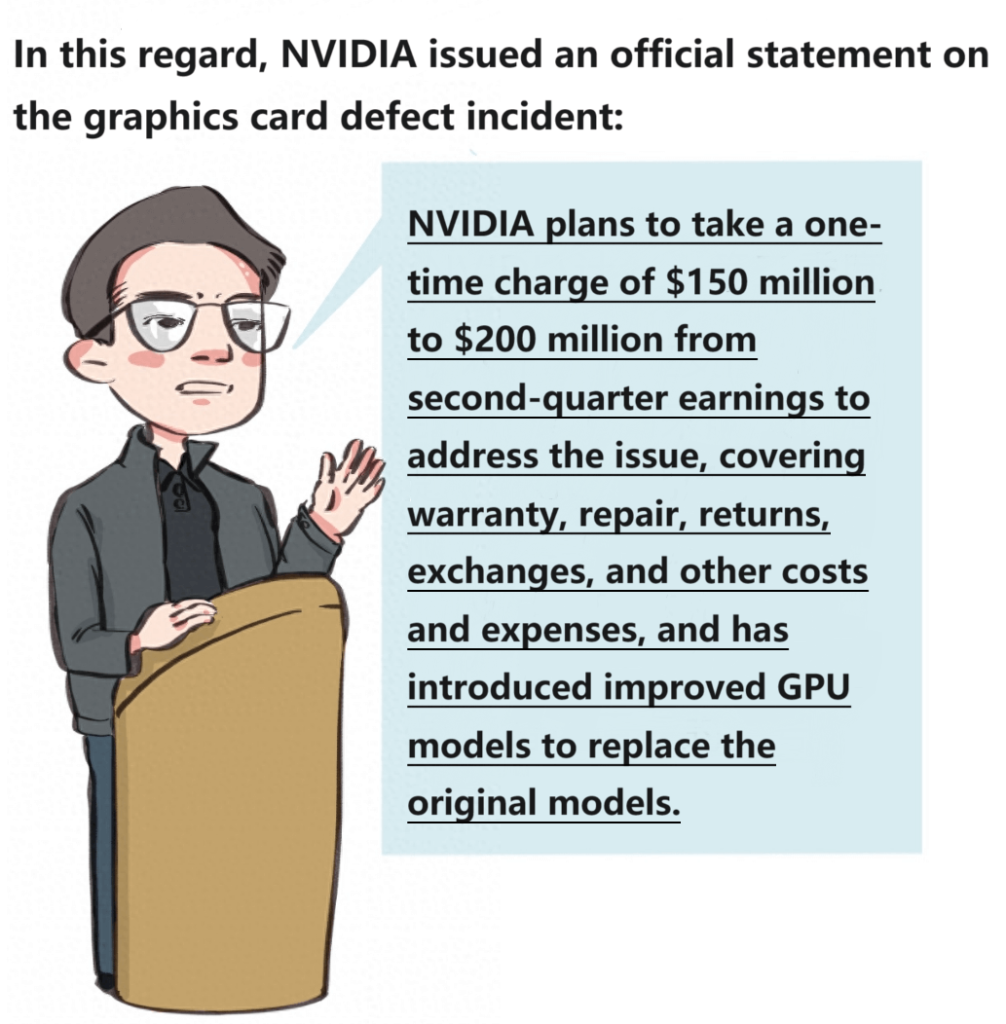
At that time, HP stated that 24 of its laptops were affected, while Dell had 15 models impacted. Apple, on the other hand, had 2 MacBook Pro models affected. Among them, Apple bore the brunt of the frustration, and it was this incident that directly transformed NVIDIA’s relationship with Apple from being partners to becoming rivals.
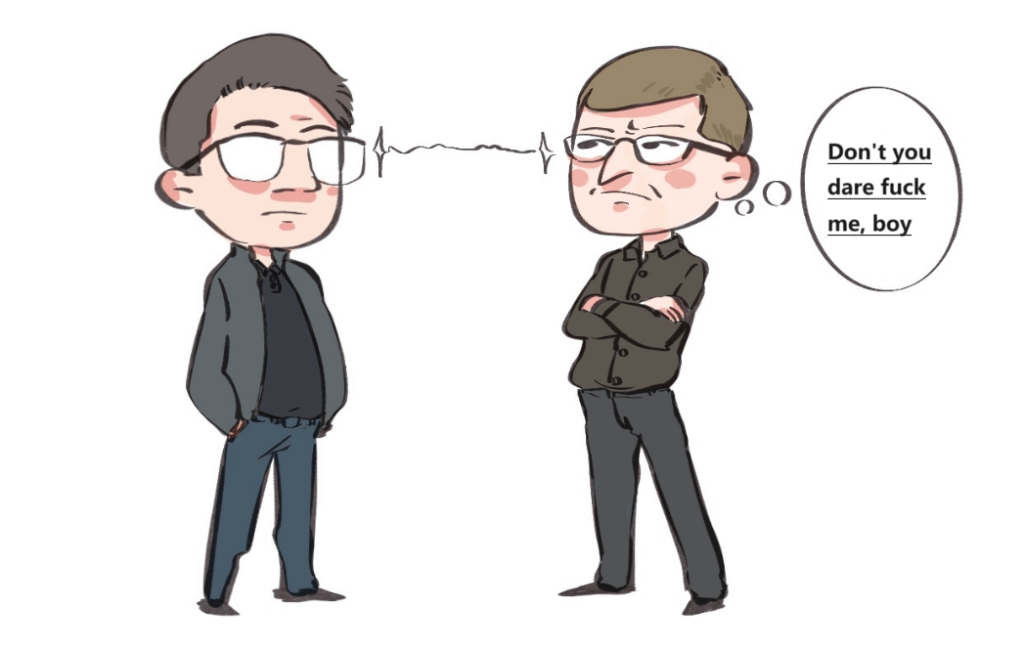
02
How did NVIDIA and Apple’s Relationship Deteriorate?
It all started back in 2004 when the two companies still had a friendly working relationship. In 2004, the release of Apple’s 30-inch Apple Cinema Display was delayed because their partner, NVIDIA, couldn’t produce the required GeForce 6800 Ultra DDL graphics card in time. Nevertheless, both parties maintained a good working relationship.
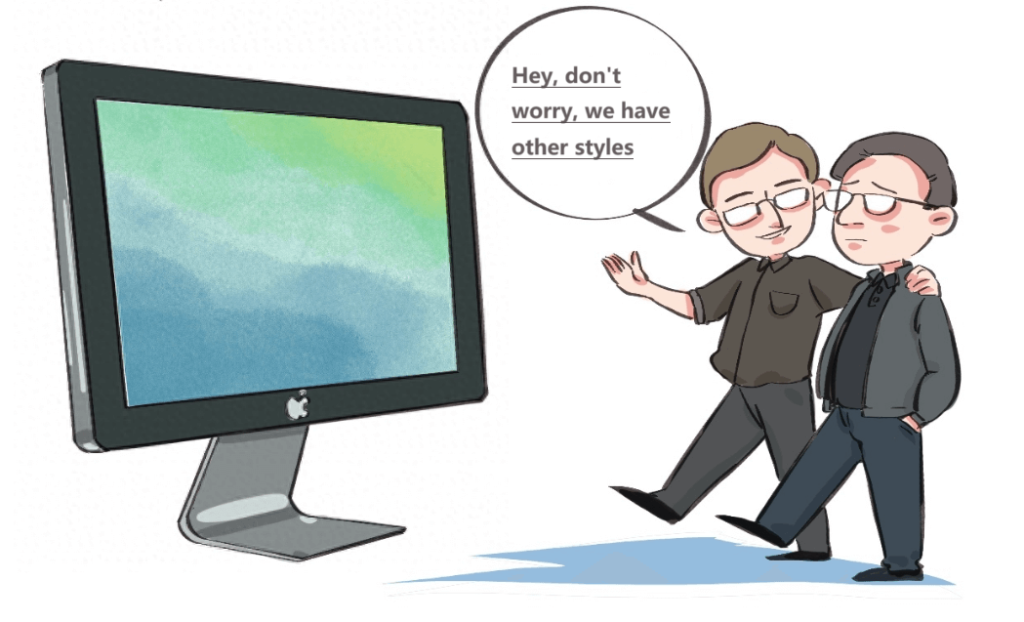
Until the “Graphics card scandal” of 2008…..
The ‘graphics card scandal’ involving NVIDIA caused significant harm to Apple, affecting their MacBook Pro Retina series from 2011 to 2013. What’s more, NVIDIA refused to acknowledge its responsibility, leading to a blame game between the two parties.
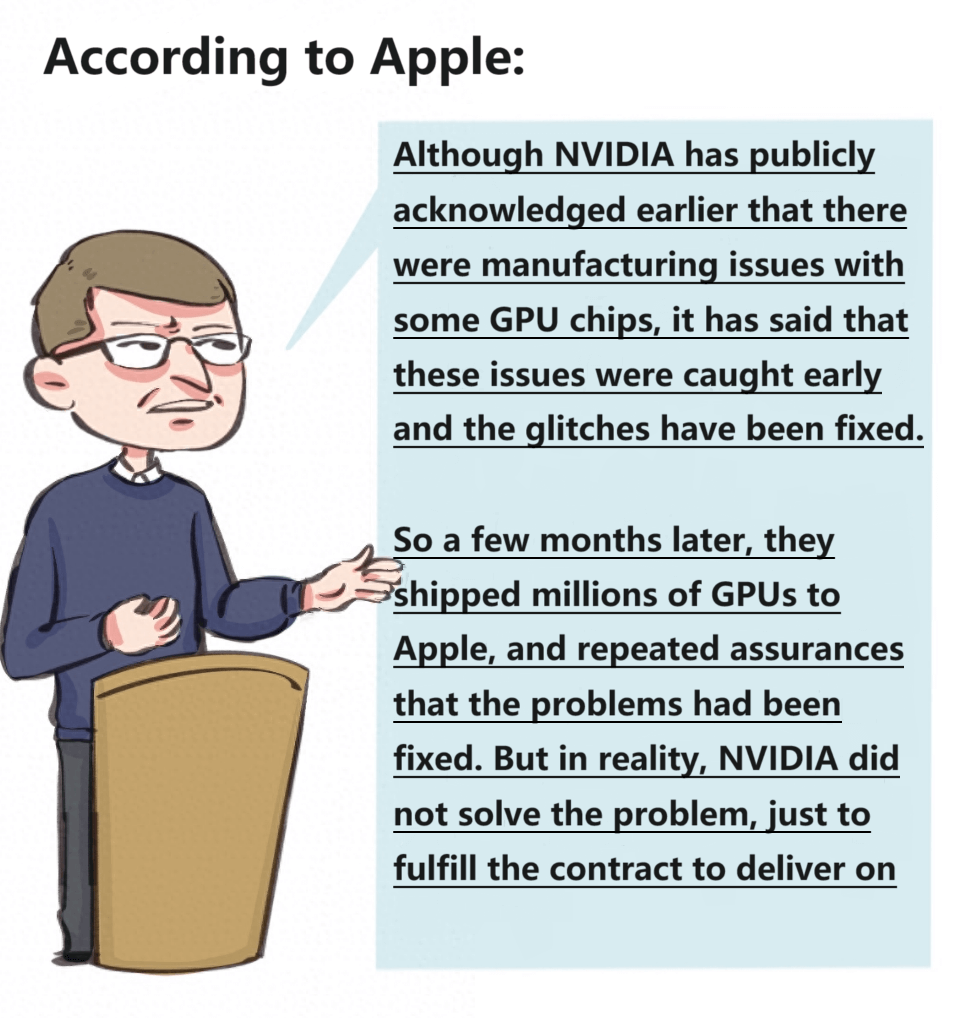
Of course, they were also concerned about losing such a major order, given the significant revenue it represented. Subsequently, all Apple MacBook Pro models equipped with NVIDIA GPUs began to experience failures, leading to collective lawsuits against Apple. Although Apple promptly released a software update to enhance the graphics card’s stability, it was merely a temporary fix and didn’t address the root cause of the problem.
Apple’s contracts with component manufacturers made resolving these complex defects their responsibility, but NVIDIA flatly refused to accept blame. Consequently, Apple had no choice but to bear the cost of all replacement parts out of its own pocket.
At this point, Apple publicly announced its decision to cease cooperation with NVIDIA in the future and awaited an apology and reimbursement.
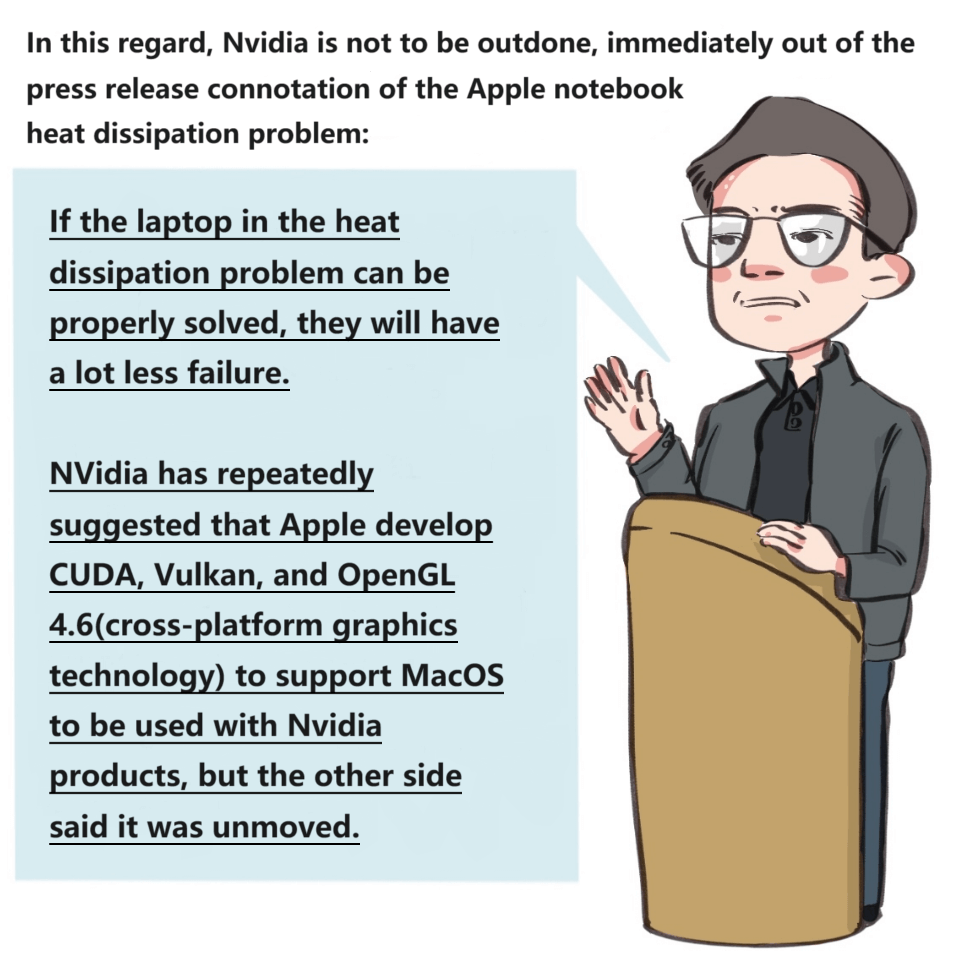
In summary, NVIDIA’s stance was clear: Apple, you chose to go your own way, who can compete with that?
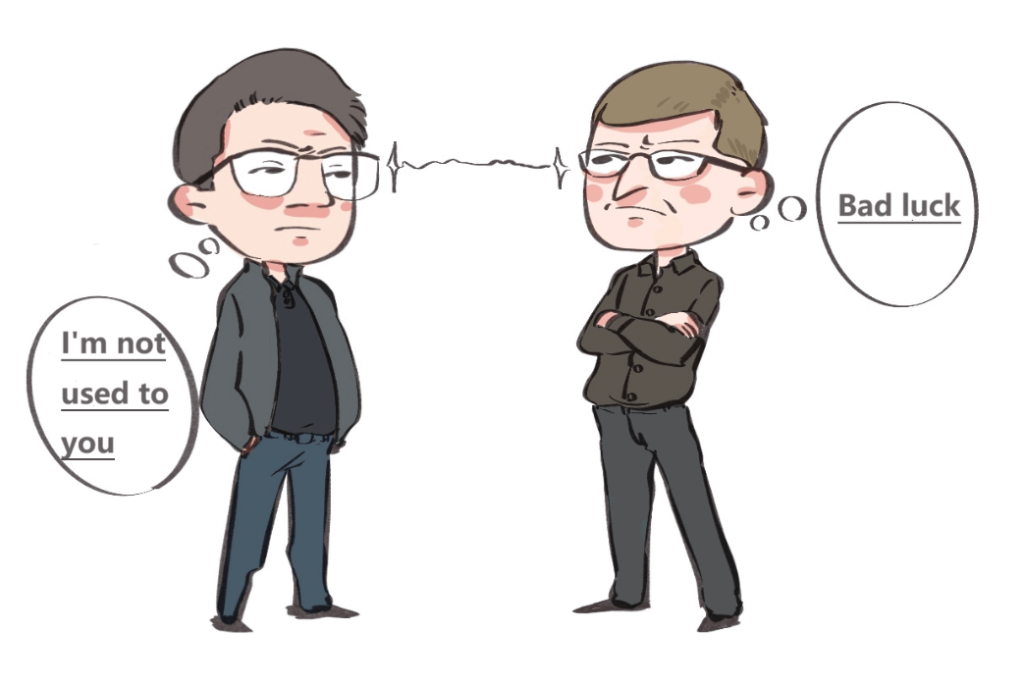
The awkward part is that, at that time, Apple’s high-end MacBook Pro models continued to use NVIDIA’s GPUs. Despite Apple’s attempt to switch to AMD chipsets in 2011, they faced another collective lawsuit due to GPU failures, leading them to revert to NVIDIA in the 2012 MacBook Pro models.
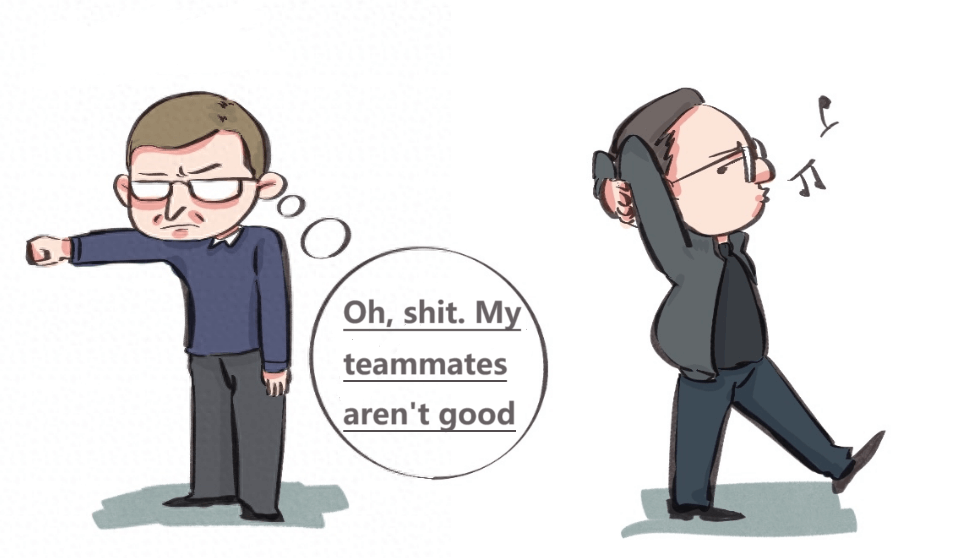
It can be said that despite the disputes, the fact remains that NVIDIA’s products were indeed good.
So, fast forward to 2013, as mentioned earlier, Jensen Huang, the CEO of NVIDIA, didn’t see eye to eye with Apple and wasn’t keen on providing customized solutions for them. Naturally, this left room for others to step in.
On December 23, 2013, in Sunnyvale, California, AMD announced the launch of the all-new AMD FirePro professional dual graphics card solution, offering exceptional performance for the new Mac Pro product. This marked a unique alternative for Apple.
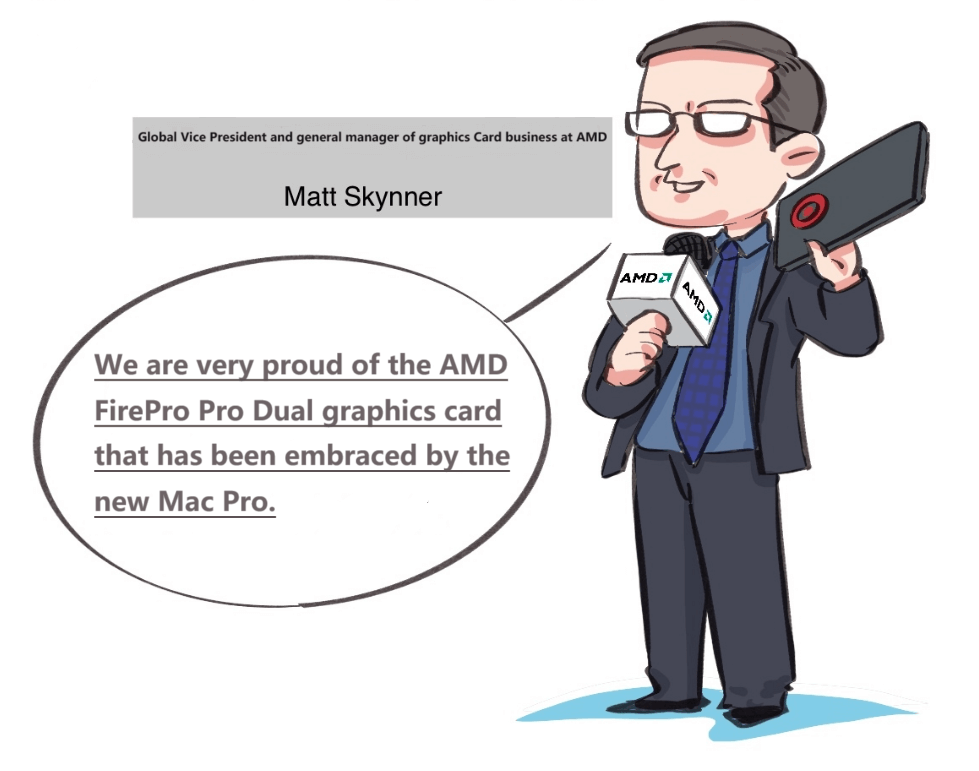
With the support of competitors, if there was still hope for reconciliation at this point, what happened next put an end to that completely.
As Apple ventured into the mobile phone market, where GPUs were also needed, they decided to switch to using Samsung. Meanwhile, NVIDIA believed their patents applied to mobile GPUs as well. Therefore, they filed patent infringement lawsuits against Qualcomm and Samsung, aiming to make them, and more importantly, Apple, pay licensing fees.
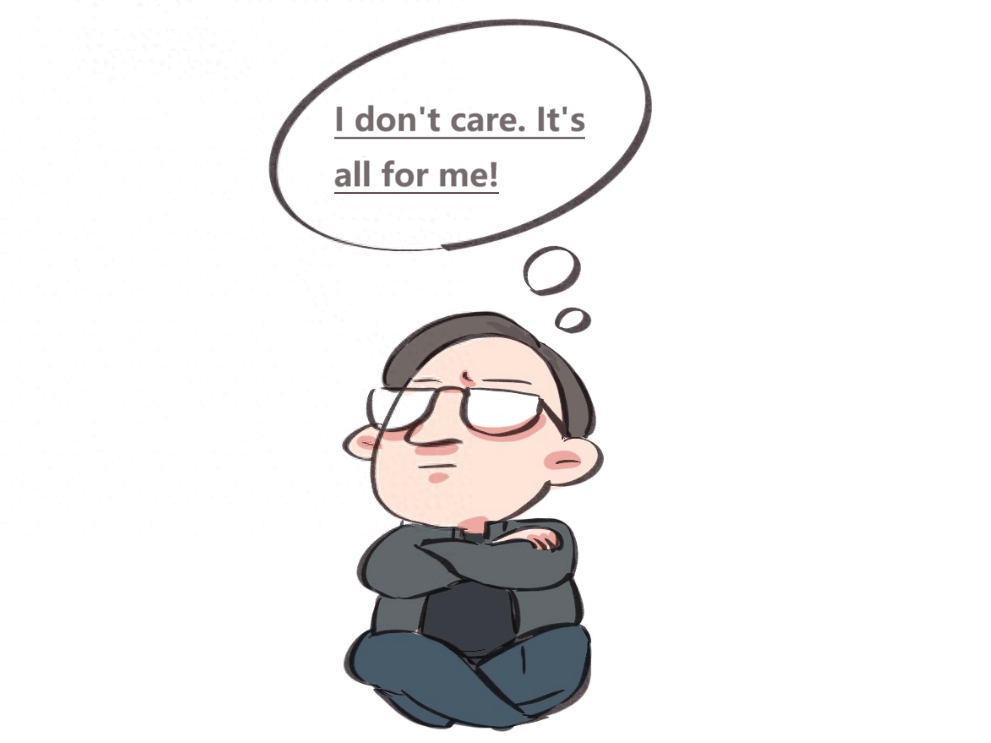
Many people speculated whether NVIDIA was aiming to enter the iOS and Android markets.
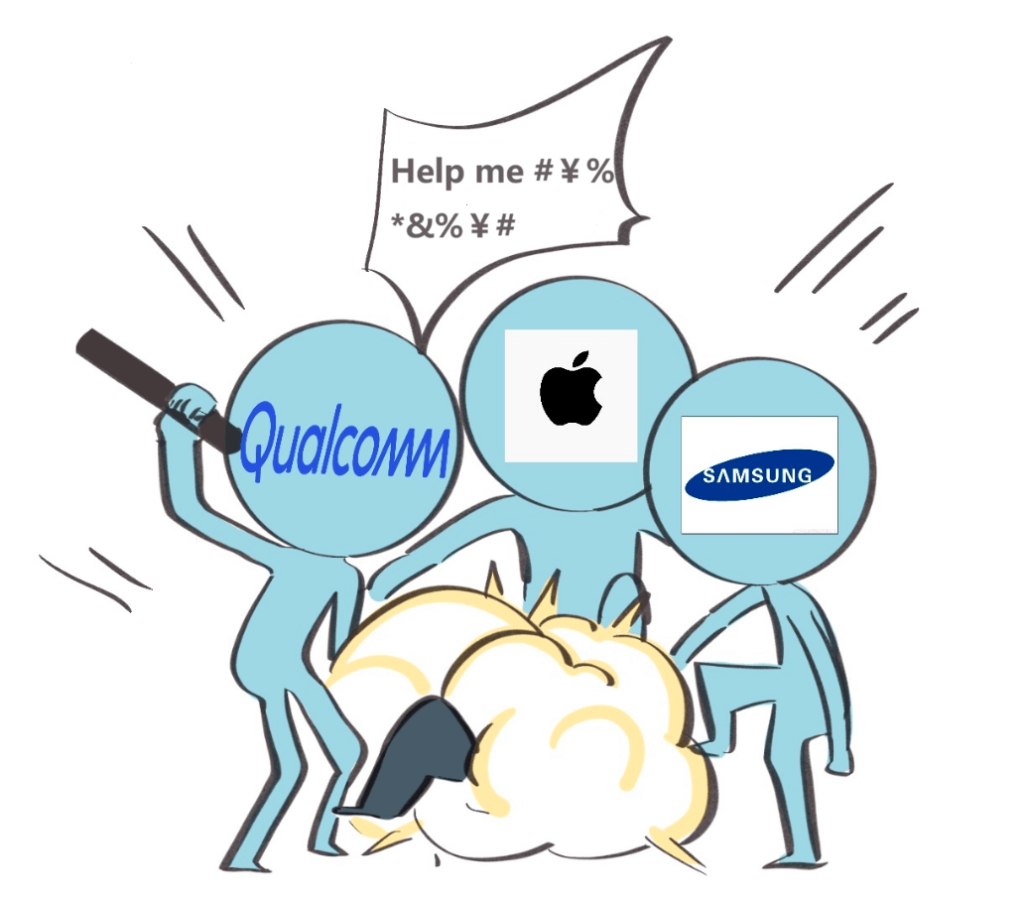
In October 2018, NVIDIA released a public statement asserting that Apple had complete control over macOS drivers, and without Apple’s approval, they couldn’t release drivers. However, Apple remained indifferent and unwilling to support NVIDIA’s drivers.
As the world’s largest graphics card manufacturer, NVIDIA couldn’t accept this situation. Since Apple didn’t want to cooperate, NVIDIA decided to go its own way.
So, in 2019, NVIDIA unveiled its roadmap strategy for the CUDA parallel computing development platform and explicitly mentioned Apple. They stated that future NVIDIA CUDA software products (toolkits, drivers, etc.) would no longer support Apple’s macOS operating system.
Finally, the decade-long feud between the two came to an end, and they went their separate ways.
However, there are no permanent enemies, only permanent interests. After several years of ups and downs, NVIDIA transformed into an “AI giant,” and when two giants meet, it’s not impossible for them to rekindle their relationship in the future.
Related:

Disclaimer: This article is created by the original author. The content of the article represents their personal opinions. Our reposting is for sharing and discussion purposes only and does not imply our endorsement or agreement. If you have any objections, please contact us through the provided channels.

